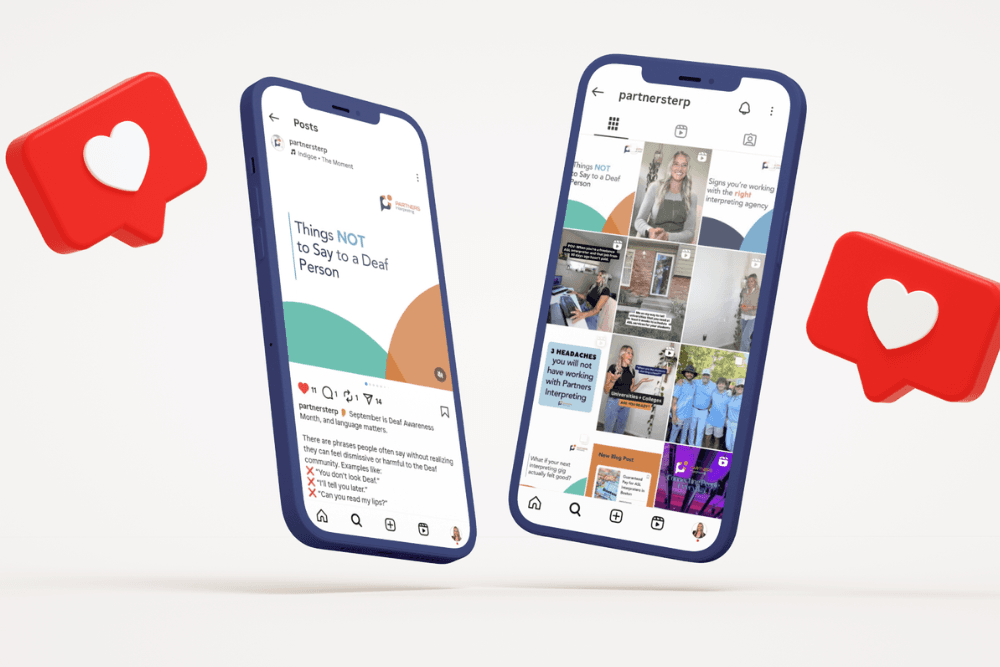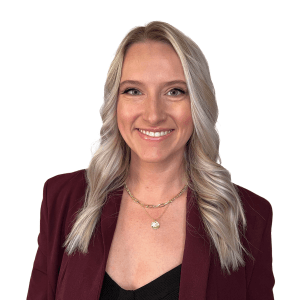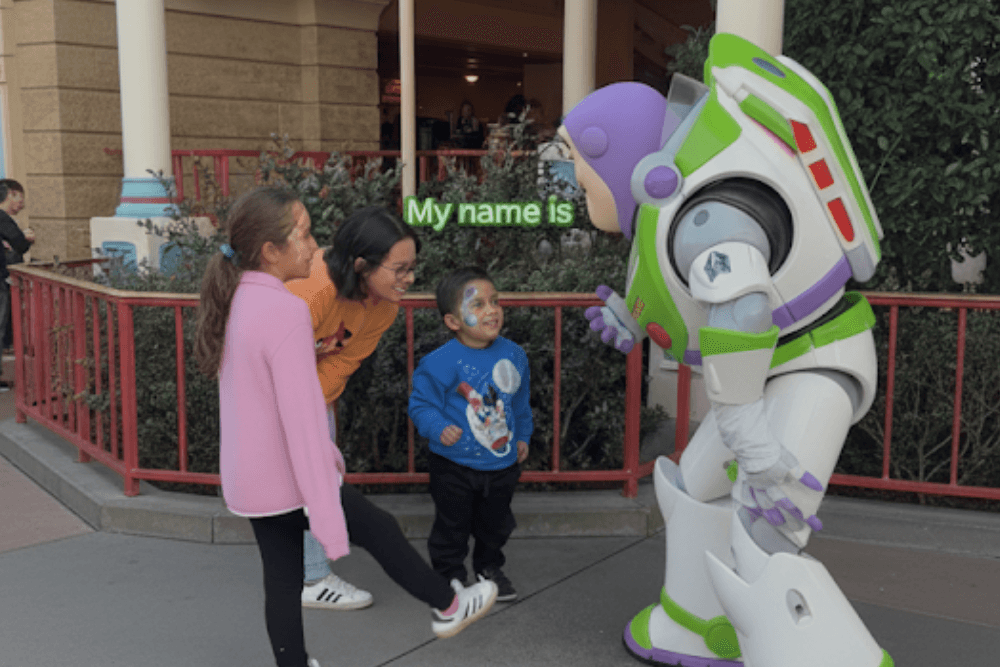And What to Say Instead!
Today I want to talk about something incredibly important: how we communicate with each other, especially across different experiences. As someone passionate about language accessibility, I often encounter well-meaning people who, through no fault of their own, say things to Deaf individuals that can be, well, a little off the mark.
I put together an Instagram post (please follow us on Insta!) recently, highlighting “Things NOT to Say to a Deaf Person,” and the response was wonderful. It really reinforced how much people want to learn and do better. So, I wanted to expand on those points here on the blog, adding a bit more context and offering some positive alternatives.
Let’s dive into some common phrases you might want to rethink, and how we can all foster more inclusive and understanding conversations.
You don’t look Deaf
This is one that always makes me pause. Deafness isn’t a visible characteristic, like hair color or height. It’s about identity, culture, and a unique way of experiencing the world, primarily through communication access. When someone says this, it often implies there’s a certain “look” to being Deaf, which simply isn’t true. It can also erase the individual’s experience or make them feel like they don’t fit into a predefined box. Remember, diversity within the Deaf community is vast, and assumptions based on appearance are never helpful.
Never mind
Oh, this one stings! Imagine trying to follow a conversation, perhaps missing a few words, and when you ask for clarification, you’re met with a dismissive “Never mind.” It’s incredibly frustrating and isolating. Brushing off someone’s request to repeat or rephrase essentially communicates that their participation isn’t important enough to warrant a moment of effort. Instead of making someone feel excluded, take the time. Rephrase it, write it down, or use a different method. Making that extra effort shows respect and ensures everyone stays in the loop.
Your devices make you hear like everyone else, right?
While hearing aids and cochlear implants are incredible pieces of technology, they don’t typically restore “typical” hearing. They are tools that provide access to sound, but the experience is very different from person to person. Factors like the environment, background noise, and even fatigue can significantly impact how much a person can understand, even with devices. Assuming perfect hearing with devices can lead to unreasonable expectations and a lack of understanding regarding the continuous effort involved in listening for many Deaf and Hard-of-Hearing individuals.
Can you read lips?
This is a common question, and while some Deaf people do read lips (also known as speechreading), many don’t, and it should never be expected. Lipreading is notoriously difficult and rarely 100% accurate, even for skilled speechreaders. There are many homophenes (words that look the same on the lips, like “pat,” “bat,” and “mat”), and accents or speaking styles can make it even harder. Relying solely on lipreading puts a huge burden on the Deaf person and often leads to miscommunication. Always ask how someone prefers to communicate, rather than assuming.
Wow, you speak so well!
This might sound like a compliment, but it often carries an unintended subtext. When you comment on a Deaf person’s speech, it subtly places the focus on their “ability” to speak, rather than on them as a person. It can imply surprise that a Deaf person can speak, reinforcing a societal bias that speaking is the “correct” or “superior” form of communication. Everyone communicates in different ways – whether through spoken language, sign language, writing, or other methods – and all are valid. Celebrate the person, not just their vocal cords.
Isn’t ASL the same as English?
Nope! American Sign Language (ASL) is its own beautiful, complete, and complex language, with its own unique grammar, syntax, and rich culture. It is not a signed version of English. Just as Spanish or French have their own linguistic structures distinct from English, so does ASL. Understanding this is crucial for recognizing ASL as a legitimate language and respecting the Deaf culture that uses it. It’s a common misconception that often minimizes the depth and history of ASL.
You’re lucky you don’t have to hear ____. (noise or nagging)
This statement, often made with a chuckle, completely minimizes the experience of deafness. Deafness is not a joke, nor is it something to be envied or trivialized. It’s a lived reality that comes with its own set of challenges, particularly in an auditory-centric world, alongside the joys and unique perspectives of Deaf culture. Making light of it by suggesting it’s a “perk” dismisses the very real struggles related to communication access, social inclusion, and safety that many Deaf individuals face daily.
I’ll tell you later.
Similar to “Never mind,” this phrase is incredibly frustrating and exclusionary. It leaves someone out of the moment, creating a sense of being an afterthought or not worthy of immediate inclusion. Whether it’s a joke, an important announcement, or a casual comment, everyone deserves to be part of the conversation as it happens. Make the effort to include them now – whether through captions, a quick written note, or having an interpreter present. Later often means never, or at the very least, a diluted and less meaningful interaction.
You have hearing devices, you don’t need an interpreter.
As we discussed earlier, hearing aids or cochlear implants are tools, but they don’t “fix” hearing. Even with devices, full access and comprehensive understanding in many situations often still requires an interpreter. Think about a complex meeting, a lecture, or a doctor’s appointment – these environments demand nuanced communication that devices alone cannot always provide. An interpreter bridges that gap, ensuring complete comprehension and participation, which is a right, not a luxury.
You want an interpreter and captions? No, you can only choose one.
Access isn’t one-size-fits-all, and different situations call for different, or even multiple, accommodations. People may need both an interpreter and captions depending on the setting to fully participate. For instance, an interpreter might be fantastic for direct conversation, but captions can be vital for understanding background audio or presentations. Restricting choices or assuming one form of access is sufficient for everyone is a barrier to true inclusion. Always ask what forms of access are needed and provide as many as possible.
You’re Deaf… but how can you speak?
This question often stems from a misunderstanding that being Deaf automatically means a person cannot produce spoken language. The reality is that some Deaf people choose to use spoken language, some use sign language, and many are bilingual, using both! How someone speaks or chooses to communicate has absolutely no bearing on their identity as a Deaf person. Speaking doesn’t make someone “less Deaf,” nor does using sign language make them “more Deaf.” It’s about individual preference and communication style.
Next Steps for a More Inclusive World
I hope this expanded look at common misconceptions has been helpful. My goal, and the mission of Partners Interpreting, is to foster a more accessible and understanding world for everyone.
- Hit follow for more tips! If you found this insightful, make sure to follow us on social media for more valuable content.
- Read our blogs to learn more about who we are. We’re always sharing insights and information on language accessibility, Deaf culture, and effective communication.
- Ready for ASL services or captioning? If you or your organization needs professional interpreting or captioning services, please don’t hesitate to reach out! Call us at 508-699-1477 or email hello@partnersinterpreting.com. We’d love to work with you and help bridge communication gaps.
The Right Agency Makes All the Difference.
At Partners Interpreting, we’re dedicated to providing expert Sign Language Interpreting and Captioning services. We believe that true communication access empowers individuals and enriches communities. Choosing the right agency means choosing quality, reliability, and a deep understanding of the unique needs of the Deaf and Hard-of-Hearing community.
Thank you for taking the time to read this ♡.
Let’s continue to learn and grow together to build a more inclusive world.






